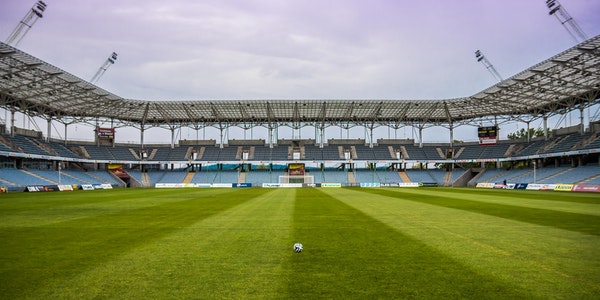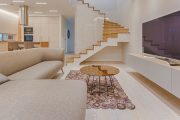Calculation of Stadium Lighting Design
Calculation method of average illuminance:
Use the following formula to calculate the number of lamps.
N=E×A/η×F×K
In the above formula: N—the number of lamps, E—the average surface illuminance lx, which can be found from the table: A—the illuminated area m2, η—the efficiency of the lamps, F—luminous flux 1m, K—maintenance coefficient, taking 0.7~0.8 . The above two illuminance calculation methods are widely used, mainly used for illuminance estimation, and are more suitable for the plan and preliminary design stage.
Computer software is used for point-by-point calculation. The size of the floodlight is much smaller than the distance it illuminates, so the floodlight can be used as a point light source. The mathematical model for calculating the illuminance of a lamp is shown in the following formula.
EΦcosα±D/h×sinαEh=ΨEh
In the above formula, Eh: The average illuminance lx produced by a lamp illuminating the vertical facade, Eh is calculated by the following formula:
Eh=Iθ×cosθ/R2
Iθ—the light intensity of the irradiating direction at angle cd, R—the distance between the light source and the illuminated surface m, h—the vertical calculation distance from the light source to the vertical facade m, the projection of D—R on the vertical facade m, α—the inclined plane The angle with the horizontal plane, the unit is degree, θ—the angle between the center of the light beam of the lamp and the horizontal plane, the unit is degree, Ψ—the coefficient, Ψ=cosα ± D/h × sinα.
Classification of Lights
Stadium lighting fixtures can be divided into three categories: A, B, and C according to their beam shape.
In lighting design, suitable lamps should be selected according to specific conditions. Generally, for the side lighting method, the utilization factor of the fan-shaped B or C-type floodlight is higher than that of the cylindrical symmetrical beam A-type floodlight. For the four-tower lighting method, the utilization factor of the cylindrical symmetrical beam A-type floodlight is higher than that of the fan-shaped B or C-type floodlight.
Light Layout
In order to effectively use the luminous flux of the light source, the beam angle of the floodlight should also be selected according to the projection distance. According to the size of the beam angle, it can be divided into 7 categories.
1. Four-tower layout lights
① position of light tower
The position of the four-corner light tower should be selected in the space enclosed by the extension line after the center line of the goal and the bottom line are at an angle of 15°, and the center line of the half court and the sideline are at an angle of 5°. It is advisable to set the light tower on the diagonal of the venue. The floodlights are installed on 4 high towers. This arrangement is suitable for stadiums without canopy. Its lighting utilization rate is low, and it is necessary to solve the problem of lamp maintenance and repair.
② height of light tower
The height of the light tower should be such that the angle between the lowest row of floodlights and the center of the site and the horizontal ground of the site is 20°~30°. Exceeding this range will not only greatly increase the cost of the lighthouse, but also reduce the ratio of vertical illuminance to horizontal illuminance, affect the three-dimensional sense of object modeling and reduce the sensitivity of identifying moving objects.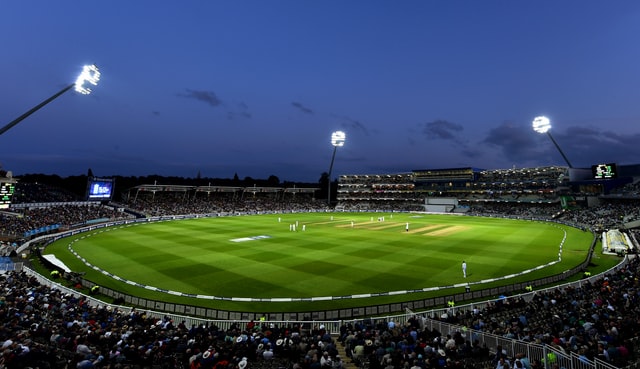
The vertical height from the lowest row of floodlights of the lighthouse to the horizontal plane of the site can be determined by the following formula:
H≥L×tan25°or H≥0.4663L
In the above formula: H—the vertical height m from the lowest row of floodlights of the lighthouse to the horizontal plane of the site, and L—the horizontal distance m from the center of the site to the lighthouse base.
The relationship between L and H in the above formula can also be determined by the following ratio:
When the angle with the horizontal plane of the field is 25°, L/H=2.145>1, and when the angle with the horizontal plane of the field is 20°, L/H=2.747>1.
③ lighting protection
The top of the light tower should be equipped with lightning protection grounding facilities. And the grounding resistance should not be greater than 10Ω. There should be no less than 2 red height indicator lights on the top of the lighthouse. The terminal box installed on the lighthouse, the cables and wires to be laid are all provided by the lighthouse factory.
④ installation position
The installation position of the light tower and the projection angle and height of the lowest row of floodlights on the tower should meet the following requirements:
α>5°, β>15°, 20°<γ<30°, 45°<θ<70°
2. Mixed layout lights
① The method of lighting the lights by organically combining the strip type and the light tower type. Generally, it is a kind of lighting type that has a better effect on solving the lighting technology of large-scale comprehensive stadiums.
② Mixed layout, the projection angle and azimuth layout of the lighthouse can be handled appropriately and flexibly. The length of the light band can be appropriately shortened. The height of the light band can also be appropriately reduced.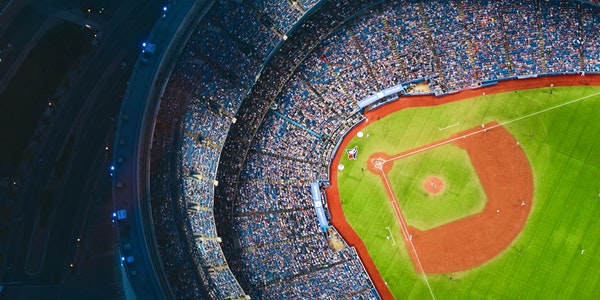
Stadium Lighting Power Supply Design
Convenience of LED lights to power distribution system (1)
The lighting power supply of the stadium is generally supplied by two power sources from the low-voltage power distribution room, which are mutually backup. Manual and automatic switching. Normally, the two power sources each carry about 50% of the load, and engineers often distribute them evenly. So that when any way is cut off and the extinguished lights are not yet lit, the uniform illuminance distribution can still be maintained in the field. So that ordinary games can still be played.
Since the LED light is an instant-start light source, the start-up time is microseconds. And the start-up time after being off is the same. Therefore, no matter we adopt which kind of power supply method, the LED lamp can come quickly back into work.
① This kind of power supply mode does not need to consider the emergency lighting of the venue separately. And can still basically guarantee the normal progress of the game when the power is switched.
② The design of the power distribution system is relatively complicated, and the cost is correspondingly high.
③ When using four-tower lighting, place the power cabinet on the inner side of the bottom of the lighthouse. And lay the power cord along the inner wall of the lighthouse. Place the ballast box of the lamp on the top of the tower. This kind of power distribution method is more reasonable.
Convenience of LED lights to power distribution system (2)
④ When using light-belt lighting, send the power directly to the power distribution counter on the shed horse track. We can lay the branch lines of power distribution in metal troughs that rotate along the horse track.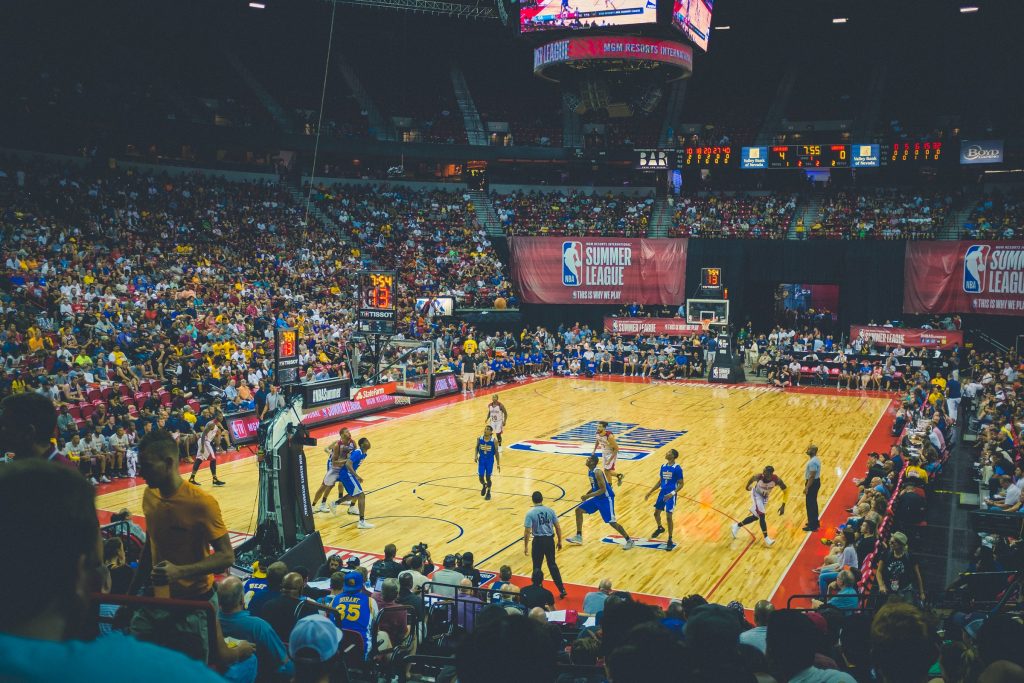
Engineers have realized the switch of the lamp mainly by AC contactor or non-contact thyristor thyristor. It is simple, reliable and economical to control with AC contactor. It is controlled by thyristor and has advanced technology, but the price is more expensive. In order to facilitate maintenance and changes in lighting schemes, we should use a single lamp and single control. Or we can control two to three lamps by one switch, preferably no more than three lamps.
When the LED light is on, the current impact is small because it is driven by a constant voltage and constant current. When turning on the lights, there are no strict requirements for the interval time between single lights and combination lights. That is, we can switch on and off frequently whether single lights or multiple lights. However, if the layout of the lights is unreasonable, glare will occur. And the glare will interfere with the performance of the athletes and the judgment of the referee.
One of the advantages of LED lights-no flicker
A small number of low-quality LED lights will have stroboscopic, stroboscopic will make fast moving objects appear phantom. This effect has a great impact on photography, especially slow motion photography. During the screening, it will show an unbearable flicker. Stroboscopic can also cause visual fatigue. We usually measure it by the fluctuating depth Fbd of luminous flux.
Fbd = Fmax-Fmin/2Fav × 100%
In the above formula: Fmax—maximum luminous flux, Fmin—minimum luminous flux, Fav—average luminous flux. As long as the deep motion reduces to below 25%, human vision will not have a fatigue effect on the strobe. We can achieve this by changing the power distribution method. For example: connect adjacent lights to power sources of different phases. When designing the scheme, it is also possible to consider the overlapping of the luminous fluxes emitted by the lamps with different phases of hydrogen. In short, in the stadium lighting design that uses a lot of LED lights. We must consider the impact of stroboscopic light on the lighting quality.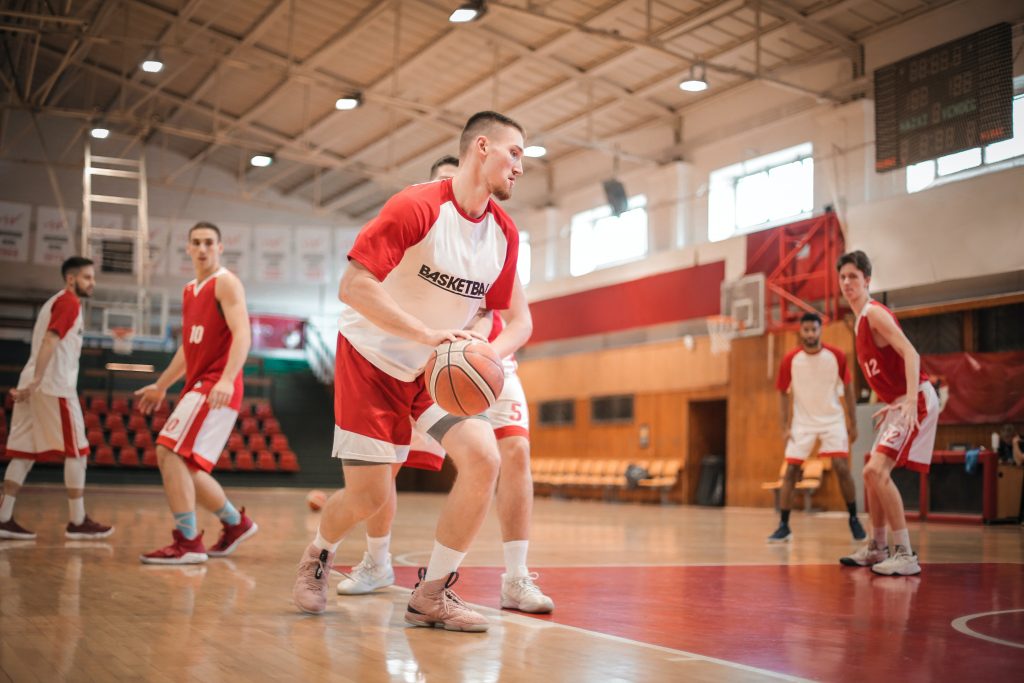
Stadium Lighting Control
The main form of lighting control for stadiums and auditoriums is in centralize control using a computer console in a special lighting control room. The computer console is in the form of man-machine dialogue, equipped with a simulation panel for lighting position layout, single lighting control, group control switches, etc. The layout of the light single control switch should correspond to the analog panel of the light position layout. We can control it automatically or manually.
The computer can simulate the on-site lighting status, automatically control and detect whether the lighting is working normally. And feedback the position of the fault lamp group. We can set different control schemes according to actual needs to meet the different requirements of different competition content and activity contrast and the different needs of contrast of different competition levels in the same sport. Predetermine several lighting schemes, and store them in the computer after programming. And call the corresponding switch schemes according to different needs.
Concluding Remarks
The realization of a good stadium lighting environment mainly depends on correctly determining the lighting design plan. At the same time, it depends on the selection of excellent lighting equipment and lighting electrical control system. What we are talking about here are only some superficial understandings. We need to discuss about them in depth in the future lighting design, to find out its inherent laws, and make them further theorized and systematized. So as to be more conducive to guiding practical work.

